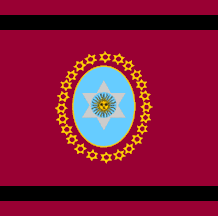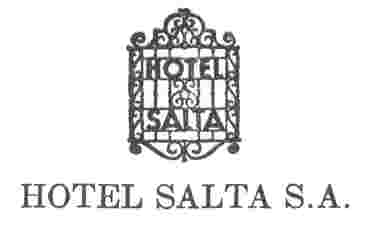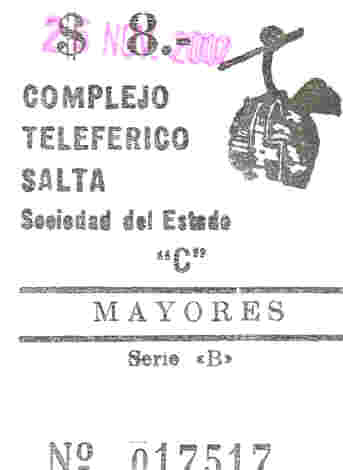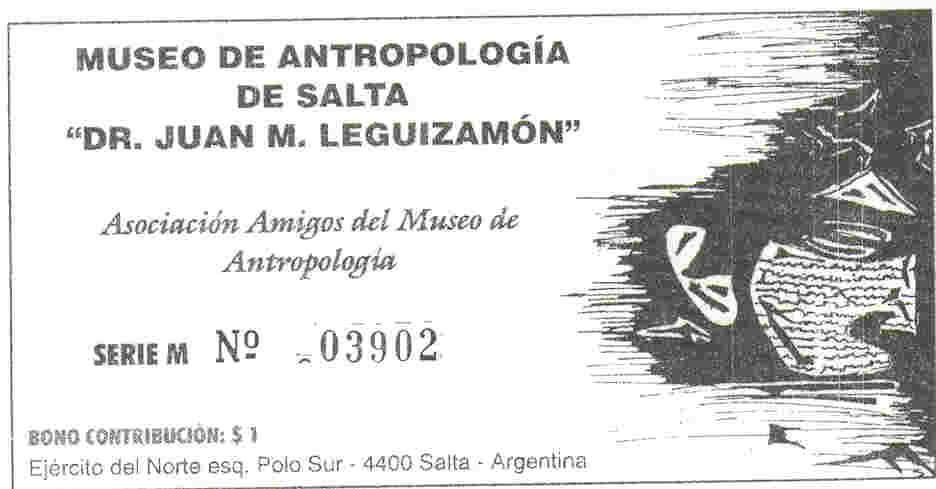|
|
Argentina 2002 |
While planning my trip, I had wanted to visit some of the provincial cities in Argentina. Though Buenos Aires is a great place, I felt that it didn't represent the true Argentina. It would be similar to saying that New York City categorizes the United States. I had broader plans, including visits to Bariloche, Cordoba, Iguazu Falls and Mendoza; but time and budget would not accommodate that desire. Consequently, I decided to limit my travels to Salta, in the northwestern province by the same name.
Travel to Salta
During one of my walking tours of Buenos Aires, I visited a local travel agency
to purchase my airline tickets to Salta. If it's an internal flight, one
can usually find cheaper prices in that country, even purchasing them close to
departure. A number of airlines fly between Buenos Aires and Salta; I
elected fly on Aerolineas Argentinas - the national carrier.
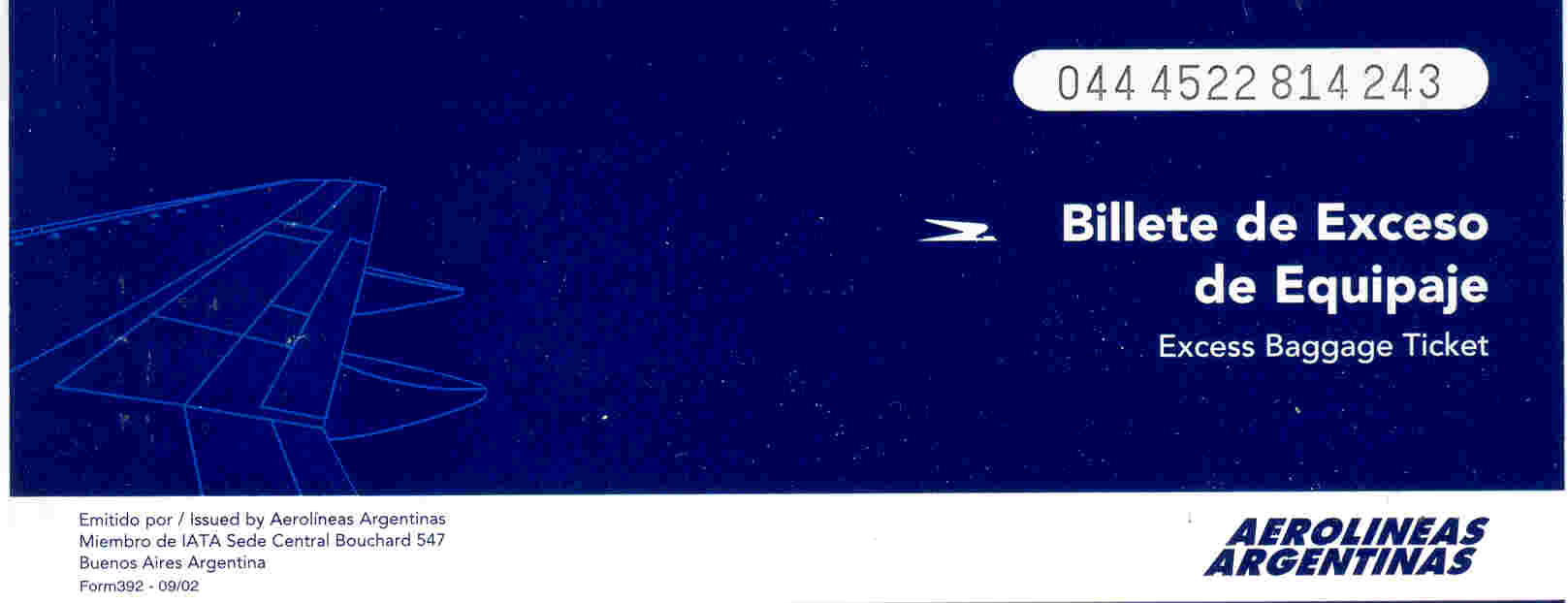
Background
Argentina's development originated in Perú, where Spain had established its
capital after defeating the Incas. Consequently, many of Argentina's first
cities were established in the west of the country, as explorers descended from
the Andes Mountains. Salta is a prime example, founded in 1582 by
Don Hernando de Lerma. He was searching for farming and pasture land on
which the basic necessities could be raised for those people working in the
silver mines of neighboring Bolivia. The Lerma valley, in which Salta
sits, provides excellent weather for farming and ranching. Salta's Roman
Catholic diocese is the country's oldest.
After the silver mines had been exploited fully by the end of the 18th c. CE, Salta fell into decline. When the railroad finally arrived in the 19th c. CE, Salta was able to transport its goods more easily, thus it experienced a rebound. The city now is a provincial capital that still relies heavily on agriculture. The Lonely Planet described it as "... a city of fine plazas, convents, churches and colonial buildings ..." (LP3°, 794).
Because of its proximity to the Andes mountains, the city is prone to earthquakes. The town's annual Fiesta del Milagro "... commemorates the end of a particularly severe earthquake in 1692 when religious icons were paraded through the streets ("Salta", Encyclopædeia Britannica). Another earthquake rocked the city in 1884, which damaged a number of the city's colonial-era buildings; some, however, did survive.
Tour
I decided to stay at the Hotel
Salta, which is considered the city's premier hotel address. It is
located to the southeast of the main square, making it convenient to all of the
activity of downtown. I found the great rate of US$40 a night through the
Utell reservations service. After staying here for one night, I would
recommend this four-star hotel to out-of-town guests.
|
|
|
| The hotel's logo | The façade of the Hotel Salta |
After checking into my hotel, which was located just off the main square, I decided to go adventuring in this provincial city. I headed south to Avenida San Juan, then east towards the city's main park. It was already a hot day outside, and the blaring sun only made the heat more intense. I knew that it was going to be a good day for an afternoon siesta.
I
passed the blue-painted Iglesia Nuestra Señora de la Candelaria de la Viña.
This church houses a number of important paintings, many from the Cuzco
school. In the 1880s, the church was used as a refuge for those fleeing
the country's civil war. It also served as a hospital ward during a
cholera epidemic. Though the exterior was showing its age, the interior
was beautiful and well-kept. The cupola is well worth a look.
|
|
|
| The church's tower | The church's façade |
|
|
|
| The statue of the Virgin Mary and Infant Jesus in the church's external courtyard | The center nave of the church |
|
|
|
| The dome over the cupola | Some evidence that the façade is showing its wear |
Slightly east of the church is the Parque San Martín, dedicated to the country's liberator and ever-present figure - who is honored with a statue in the park. Also in the park is a statue of Christopher Colon, known in the United States as Christopher Columbus. He seems to be pointing at a sail, symbolizing his exploration of the Americas. There was a small lake with a fountain, as well as other statues and busts. On the north end of the park is the Museo de Ciencias Naturales, which focuses on regional animals and vegetation. It seemed very dilapidated, so I did not stop to visit.
|
|
|
| The statue dedicated to Christopher Colon - known as Christopher Columbus | The statue dedicated to national liberator - General San Martín |
|
|
|
| The fountain in the middle of the park's lake | A glass obelisk |
At the eastern end of the park is the Cerro San Bernardo, which rises to an altitude of 1,458 meters (roughly 4,000 feet) above Salta. There is a cable car that travels to the top of the mountain. The cable cars were manufactured by the Swiss firm Garaventa and installed by fellow Swiss company CWA Constructions, a round-trip ride cost ARS 8. Feeling adventurous, I decided to buy a round-trip ticket - it was too hot to hike down the 1,136 steps like I had planned originally.
|
|
|
| Office building and ground station for the teleférico | Teleférico ticket |
|
|
|
| Looking east toward the Andes Mountains | Looking northwest over Salta |
|
|
|
| Looking southwest over Salta | The green patch in the middle is the aforementioned Parque San Martín |
At the top of Cerro San Bernardo, there are a number of religious statues and commemorative plaques, which I have found is typical for Catholic countries. Pictures of a few of these monuments are shown below.
|
|
|
| A religious statue at the top of Cerro Bernardo | A wood crucifix at the top of Cerro San Bernardo |
|
|
|
| A plaque commemorating those who lost their lives in the Battle of Salta in 1813 | An altar at the top of Cerro San Bernardo |
To the north of the Cerro San Bernardo are two attractions, one of which solidified my desire to visit this provincial city. First is the monument dedicated to General Güemes, who was the gaucho general who, between 1814 and 1821, repelled and defeated the royalist troops seven times as they attempted to invade from neighboring Bolivia. Salta served as the base for this general and his legion of troops. Designed by artist Victor Cariño and installed in 1931, the statue sits on a base of large boulders; in this base are a number of friezes that depict the general's life and successes. There were a number of high school-aged schoolchildren in the park that day, celebrating what seemed to be the last day of school.
|
|
|
| The front of the statue dedicated to General Güemes | The rear of the statue dedicated to General Güemes |
|
|
|
| Honorary plaques near the statue's base | One of the friezes depicting General Güemes' life |
One of the main reasons I had ventured to Salta was to visit the Museo de Antropología de Salta "Dr Juan M Leguizamón", which houses a mummy recently discovered high in the Andes. I had read about this discovery in the New York Times a few years ago, and decided that I wanted to see it in person. Known as the Alta Montaña mummy, it was found in the Tastil site in the Quebrada del Toro. In addition to the mummy, the museum shows exhibits on local pottery. Other than those that worked there, very few people were visiting the museum. It had a small shop, but there was not anything worth purchasing.
|
|
|
| The museum's entrance ticket | The façade of the Museo de Antropología de Salta "Dr Juan M Leguizamón |
|
|
|
| The mummy from Alta Montaña | The museum's extensive pottery collection |
After visiting the museum, I decided to wander back to the hotel. The outdoor temperature was approaching 95°F, and I was getting tired. I took a three-hour nap during the hottest part of the day, which gave me enough energy to continue my exploring in the cooler hours of the evening.
Salta's center of activity is the Plaza 9 de Julio, which is named for the date that Argentina's declaration of independence was signed in 1816 in Tucumán. It is considered one of the country's finest examples of Spanish colonial town squares, as the circling verandas are still in place. I passed through the square a number of times, and there was always a bustle of activity - either vendors, families or children. It was a great place to people watch.
|
|
|
| The Plaza 9 de Julio, seen from the Cabildo | Also the Plaza 9 de Julio - the palm trees attest to Salta's tropical climate |
